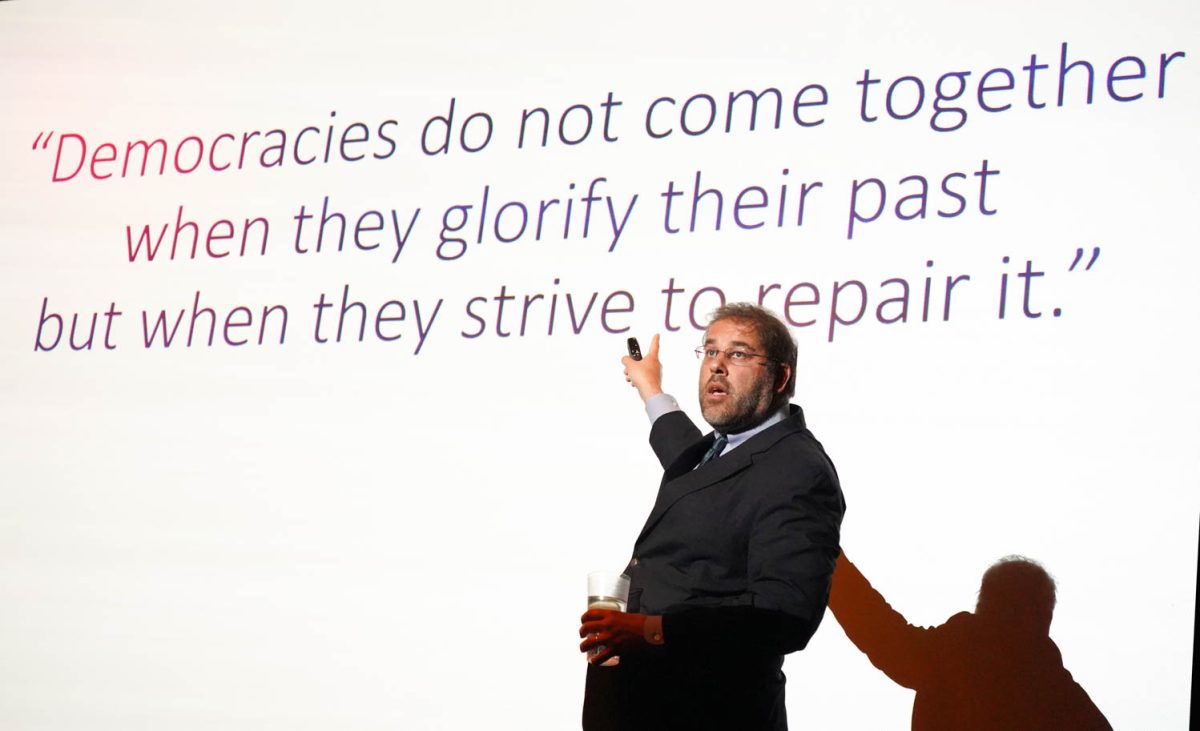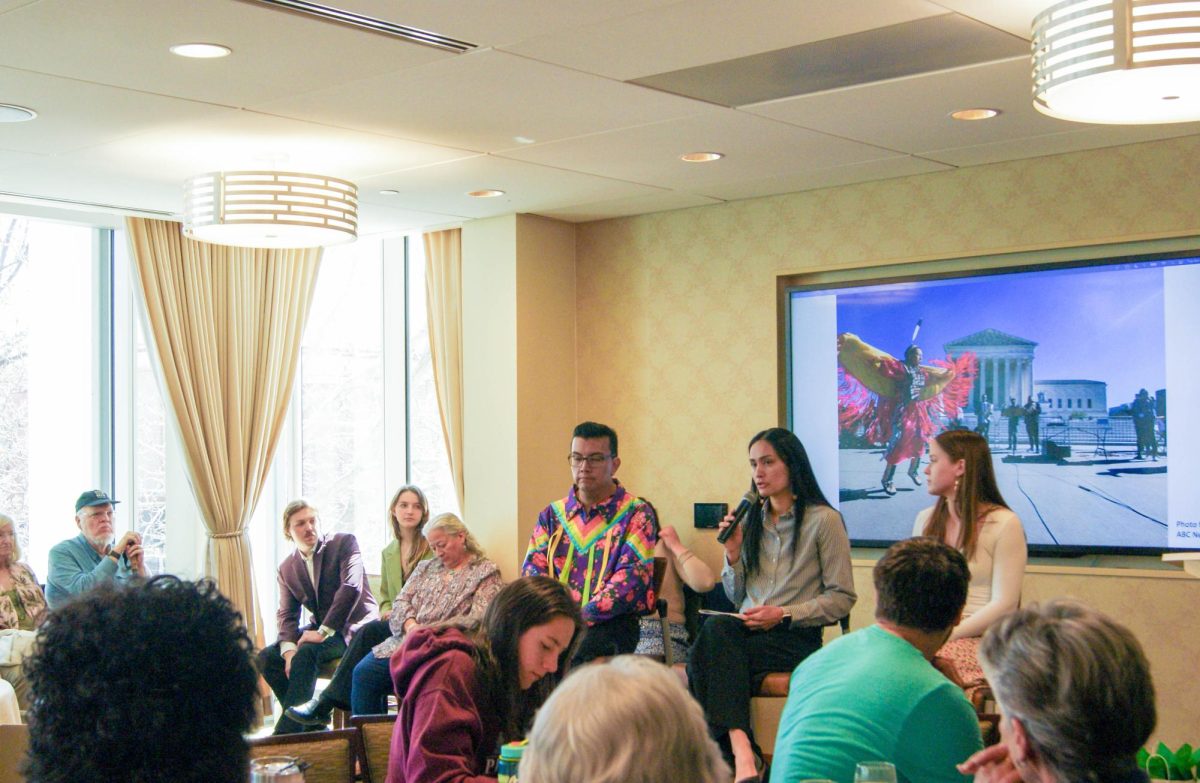The Collegian would like to inform its readers that the content in this article may trigger those affected by sexual assault.
Recently released Colorado State University crime statistics show a substantial decrease in alcohol and drug referrals, but an increase in reports of rape alongside new numbers tracking stalking, domestic violence and dating violence.
Ad
The numbers, which are released every year in accordance with the Clery Act, are a result of multiple departments on campus reporting incidents: CSU Health Network, Human Resources, Victim’s Assistance Team, Conflict Resolutions and Student Conduct Services, CSU Police Department, Fort Collins Police Services and the Larimer County Sheriff’s Office.
Sexual assaults
In 2011, there were four reported rapes. 2012 saw 10 reported rapes with two forcible fondlings and in 2013 there were 12 reported rapes with seven forcible fondlings. Of the reported 22 rapes in 2012 and 2013, 18 were reported from residence halls.
Although the numbers are on the rise, Ashley Vigil from Safety Assessment and Kathy Sisneros of the Women and Gender Advocacy Center said they do not necessarily represent an increase in incidents.
“We’re seeing an increase in, I would say, all of our offices,” said Vigil, program assistant for Safety Assessment. “Not because there is an increase in incidents, but I would say part of it is because people know where they can report these types of incidents and they’re more aware of what kinds of incidents we’re looking for them to report.”
Along with rapes and forcible fondlings, the University began tracking dating violence, domestic violence and stalking in 2013. There were five incidents of dating violence, five incidents of domestic violence and 12 incidents of stalking reported in the first year, with four incidents of dating violence, four incidents of domestic violence and seven incidents of stalking in residence halls.
At the time, the University was not required to track these categories. In March of this year, the Violence Against Women Act took effect, mandating the University to further investigate dating violence, domestic violence and stalking.
Also, in early September President Barack Obama launched the “It’s On Us” campaign, outlining how universities across the nation can combat sexual assaults and how to reframe the conversation.
“One of the things I do appreciate, philosophically, with the ‘It’s On Us’ campaign is that we actually do think it’s everybody’s responsibility to engage in the conversation,” said Sisneros, director of WGAC. “And for us it’s important to do a very CSU-specific campaign.”
Ad
Sisneros went on to mention that she believes CSU is already doing the majority of what the “It’s On Us” campaign suggests. To further their efforts, they plan to launch the “Reframe” campaign around Homecoming, but the launch date is still to be determined.
The aim of the campaign is to shift how the conversation of sexual assaults is presented and to make those a habit.
“It’s not just about our words, it’s then about what habits are we creating and what actions are we then taking,” Sisneros said.
Alcohol and drug referrals
Since 2012, alcohol referrals were on the rise, totaling 1,266 that year. However, the next year the number decreased by 449 incidents. Drug referrals followed a similar path, decreasing from 553 incidents in 2012 to 316 in 2013.
According to CSU Police Chief Scott Harris, this decrease is a result of education efforts and also different tracking from Conflict Resolution and Student Conduct Services.
“There’s a different tracking and reporting system that is used now within the student conduct area, which accounts for some of the numbers in 2012 that are different and not captured in 2013,” Harris said.
In 2012, students that were present at an incident related to drug or alcohol, but not necessarily involved, were accounted for in the statistic. Student conduct services changed this in 2013, according to Harris, who was hired as police chief that year.
Alongside this tracking change, Harris cited University education efforts as another reason for the decrease.
“I think everyone gets that if you’re under 21 alcohol is not allowed on campus and that you are not allowed to consume it,” Harris said. “And while we still have students that experiment … I think that majority of our students or at least a large group are making better decisions.”
Of the 817 alcohol referrals in 2013, 761 occurred in residence halls. According to Harris, the majority of those referred were freshmen.
A referral can be issued to students who may have violated student conduct policy, but did not have a criminal charge. According to Harris, it is the discretion of the police officer to determine if a student needs to be referred to Student Conduct Services or not. Once referred, student conduct then determines if the student violated University policy.
“We have instances where someone may be at an incident and they are not directly involved but their conduct rises to a level where there might be a student conduct violation but not something that would justify either an administrative citation … or a criminal violation, but a behavior that the officer thinks needs to be reviewed for potential student conduct policy violation,” Harris said.
Collegian Reporters Lawrence Lam and Skyler Leonard can be reached at news@collegian or on Twitter @LawrenceKLam and @skyler_leonard.












